Photos and advertisements from the 1967 Saints team. New Orleans Saints photos.
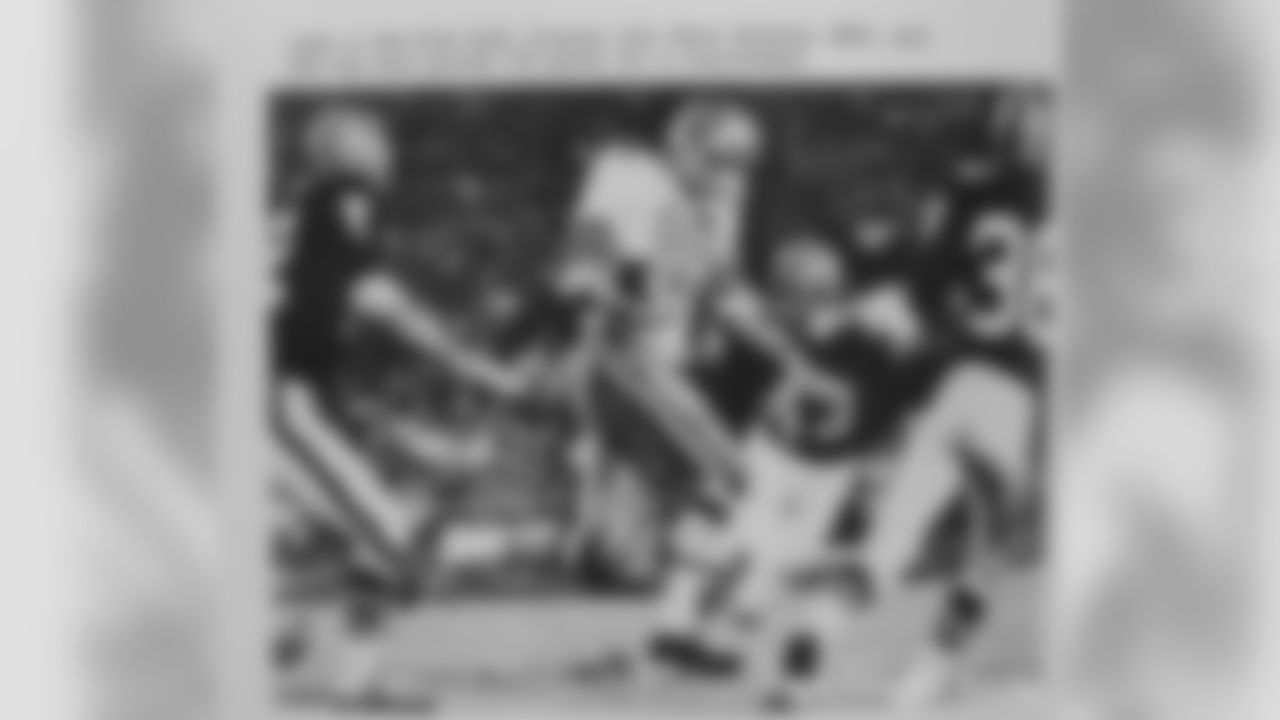













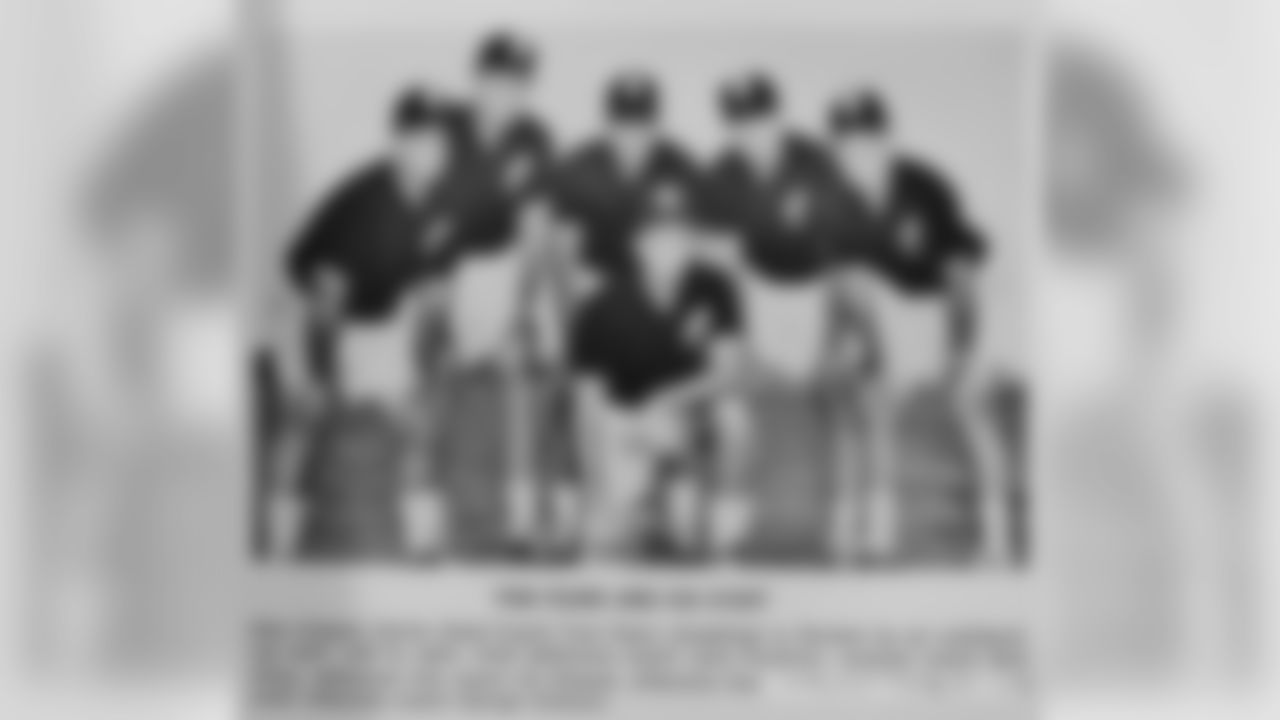








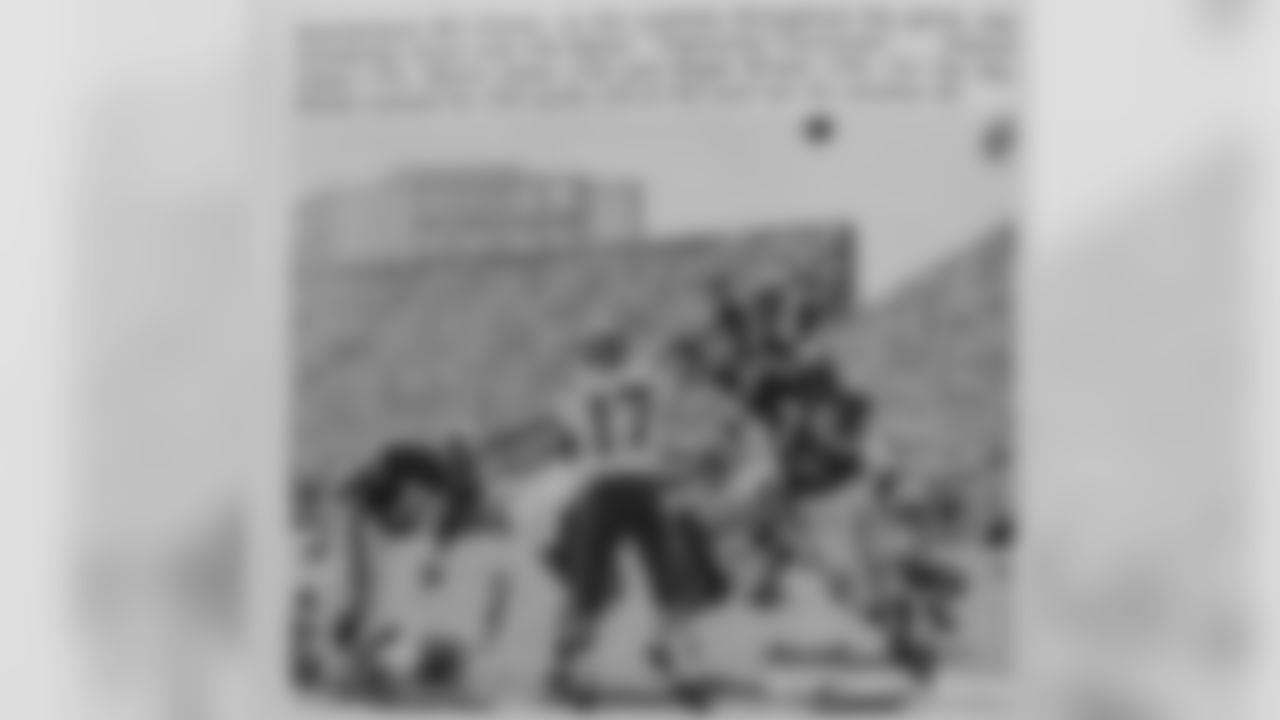



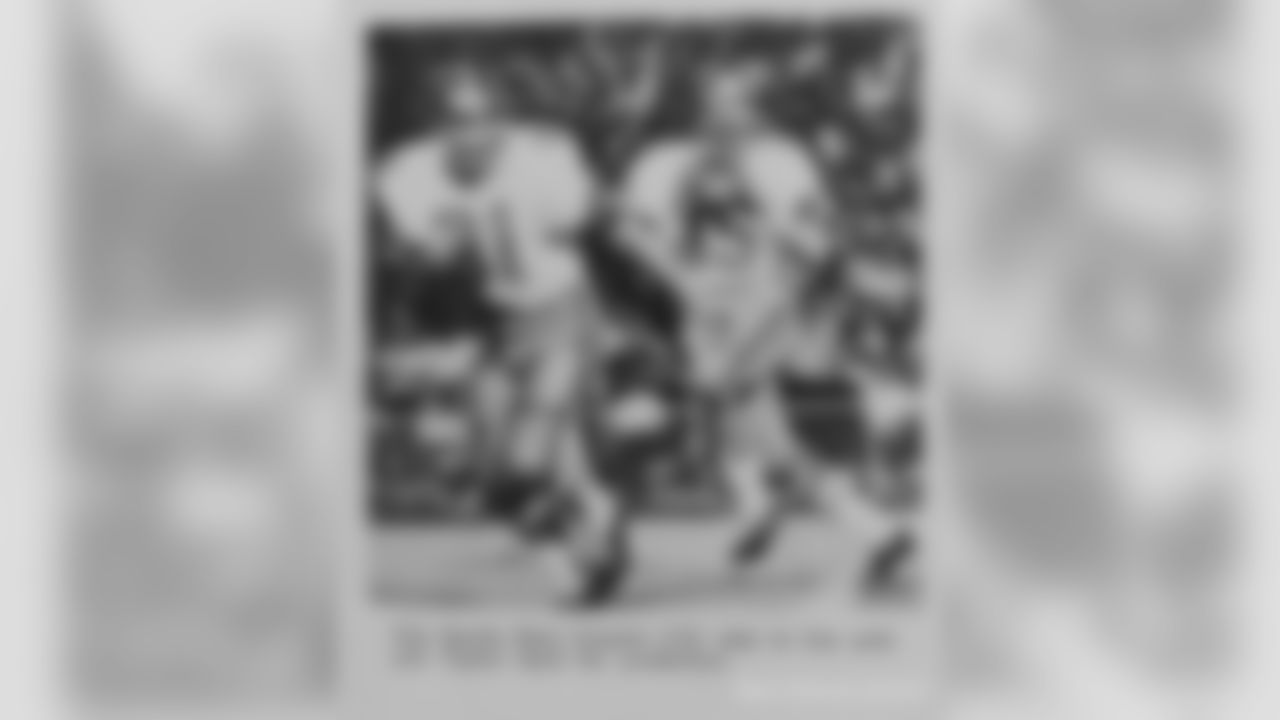












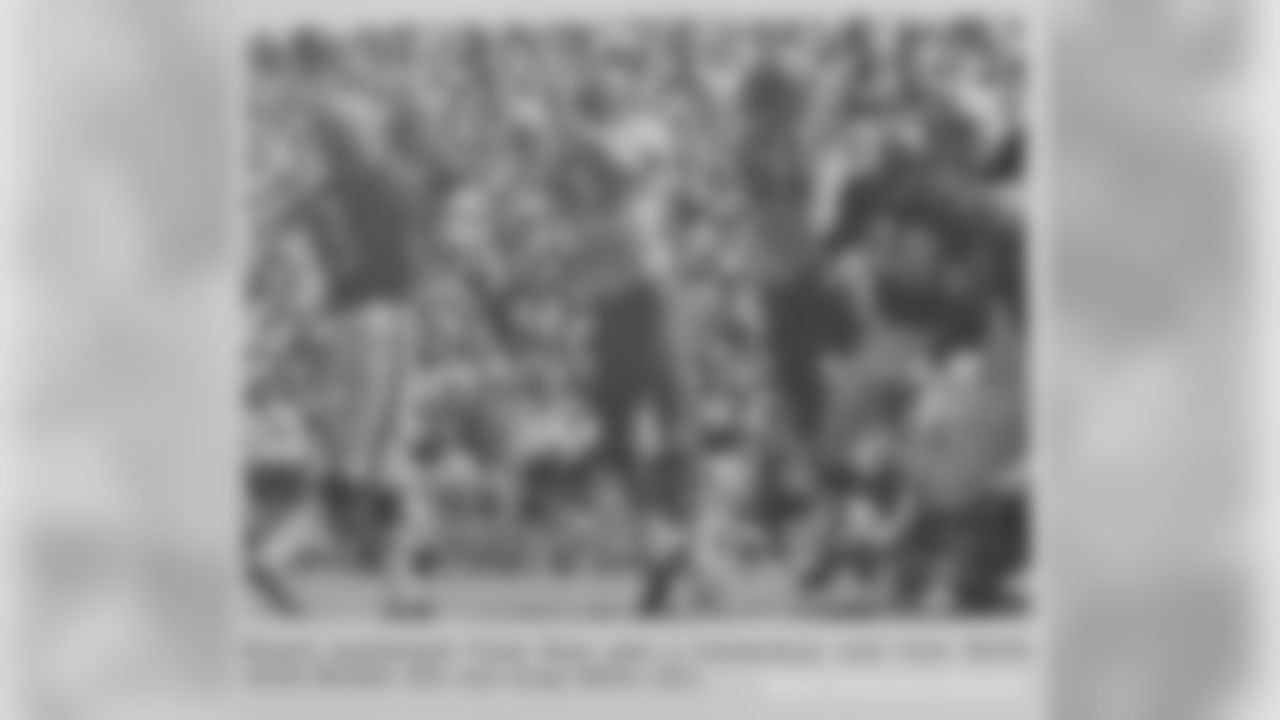


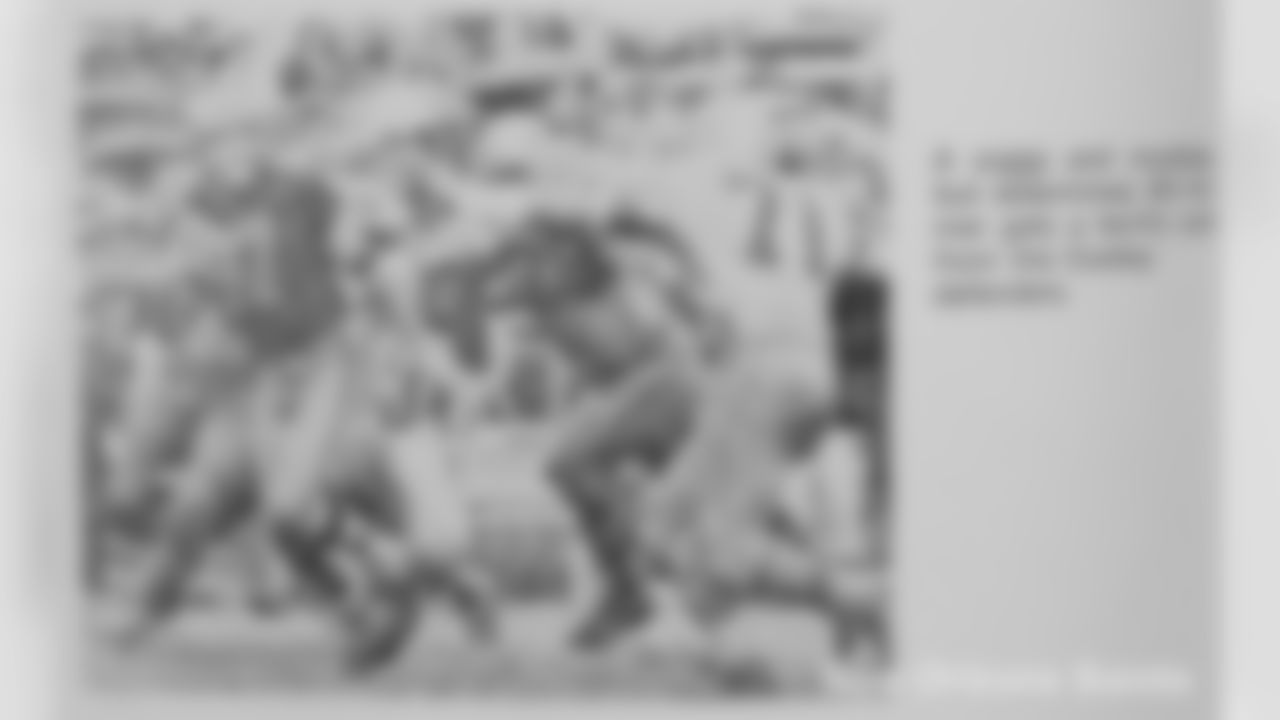




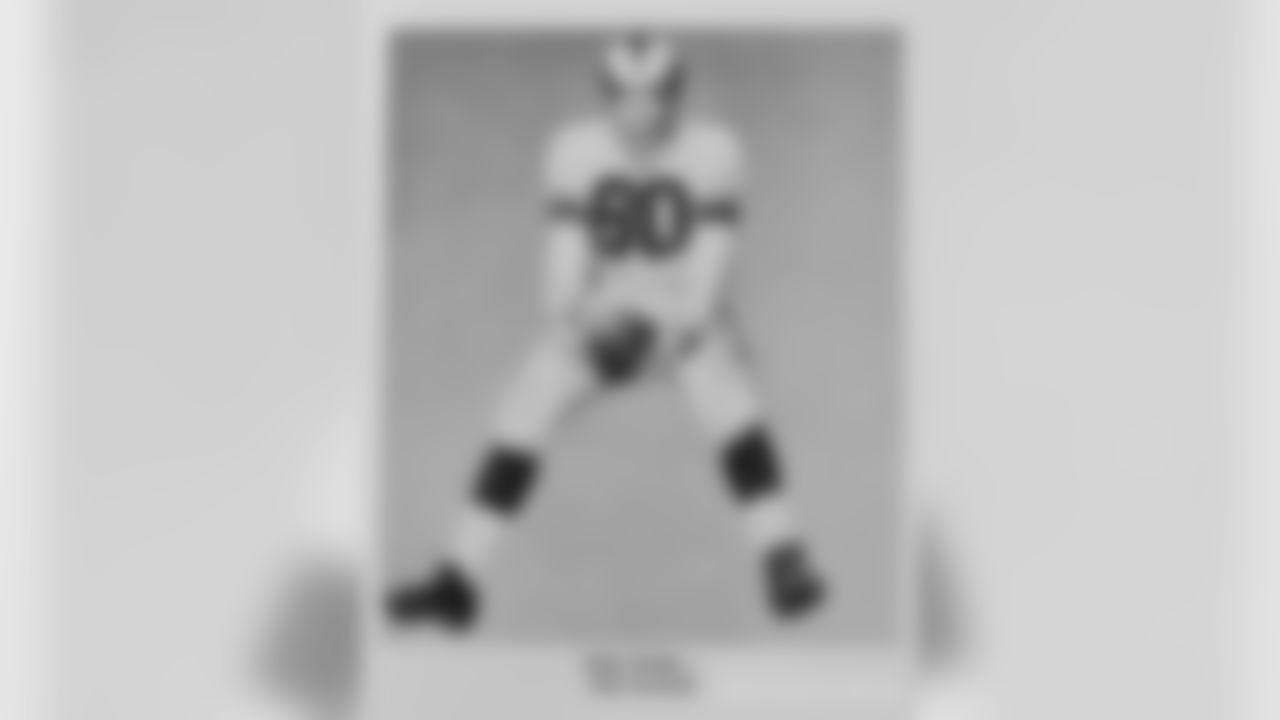










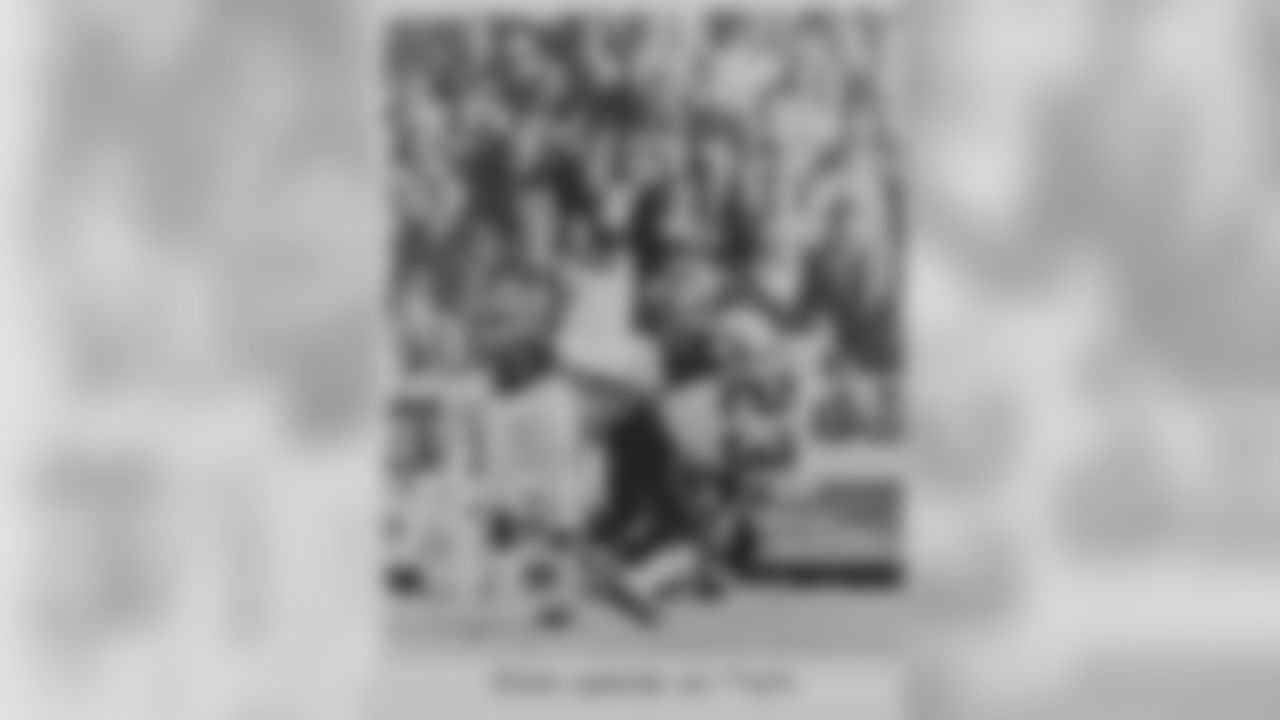

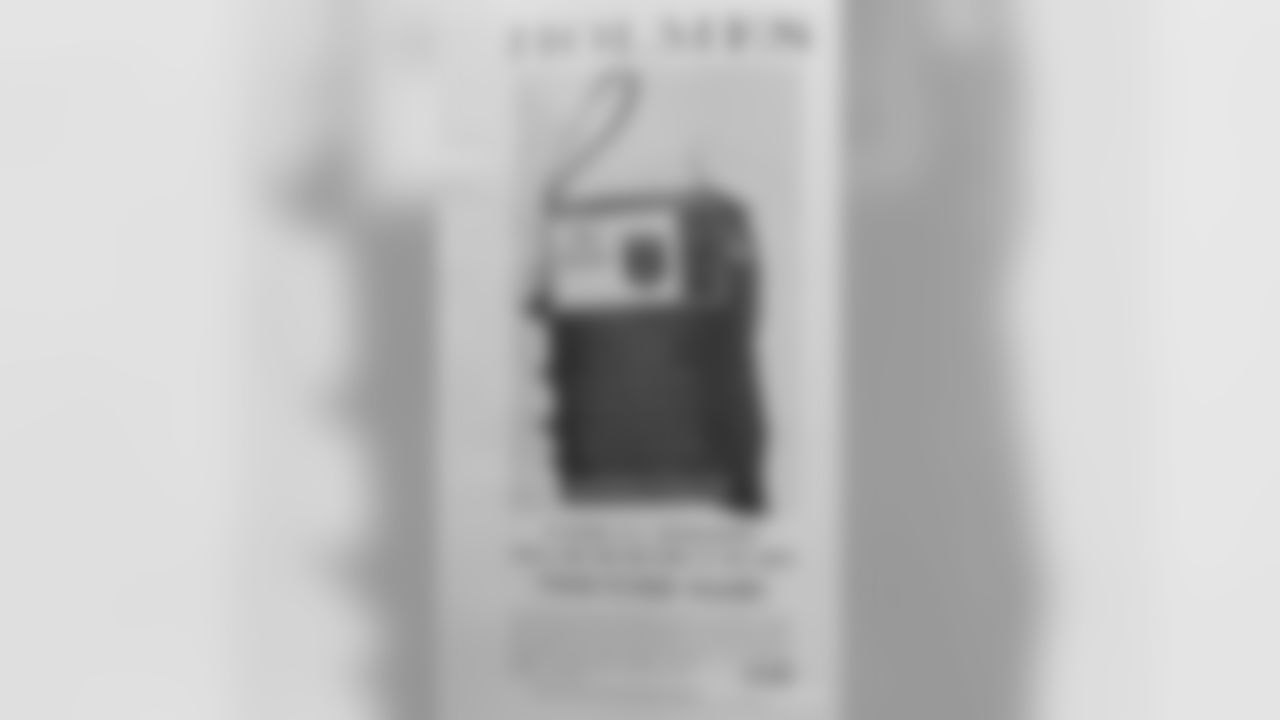















All season NewOrleansSaints.com will be writing about special moments, teams and traditions to help celebrate the 50th season of Saints football. Today, a look at the first Saints team.
Overwhelmingly, players in 1967 became members of the first New Orleans Saints team in one of two ways.
Quarterback Billy Kilmer was snapped up in the expansion draft from San Francisco, as was linebacker Billy Cody from Detroit. South Carolina State running back John Gilliam was one of New Orleans' three second-round picks in the NFL draft, No. 52 overall, exactly 368 slots ahead of Xavier (Ohio) receiver Danny Abramowicz, the first of the Saints' three 17th-round picks.
The Saints mined the NFL and NCAA for talent from which to choose. Each of the 14 teams in the NFL froze 29 players from its 40-man roster, leaving 11 players to be available to be selected to help stock the roster of the expansion Saints, while the Falcons, an expansion team the previous year, were exempt. As for the draft, New Orleans received the first and last picks of each round of the 17-round draft, plus additional picks at the end of the second, third and fourth rounds.
But Green Bay fullback Jim Taylor neither was a member of the expansion draft, nor a college senior. What Taylor was, was the rare NFL player who had options and chose New Orleans, rather than vice versa.
True, after nine years in the NFL, Taylor, a member of four Packers championship teams (including Super Bowl I after the 1966 season), pretty much was standing in the light at the end of his NFL tunnel. He only would play one season with the Saints, the inaugural campaign, and no more years as a professional, having already earned his Pro Football Hall of Fame pass via his work with the Packers.
But when New Orleans was awarded a franchise, Taylor, a former LSU standout, naturally had his interest piqued.
"I was negotiating with the Packers at the time," Taylor said. "After it was announced that (New Orleans was) going to be awarded a franchise, I started meeting with (the Saints) and with other NFL teams. The process moved along with the Saints and I left the Packers and Coach (Vince) Lombardi after nine years.
"I was looking forward to it. I grew up in Baton Rouge and went to LSU, so to play in my home state of Louisiana, I was looking forward to coming back. I still had a home in Baton Rouge."
From the moment he signed with the Saints, Taylor then had a home in New Orleans, as did the rest of the 1967 team. And 49 seasons later, their mark is indelible as the first team in franchise history, the men who came together under Coach Tom Fears to give New Orleans, a city renowned for exquisite cuisine, its first taste of the NFL.
*
The meek shall not inherit roster spot*
Current Saints fans have heard eyewitness accounts of how brutal was the team's first training camp under Coach Sean Payton, in 2006 at Millsaps College in Jackson, Miss. The constant battle between oppressive heat and intravenous fluids to counter it was one in which players rarely could claim victory.
The 1967 camp had elements of brutality to it, also, but more so later in camp. It began in San Diego, and in the beginning it was more like a casting call.
"The veterans did not come to camp for the first 10 days, and they had 80 people try out in New Orleans," Cody said. "When we got to camp in San Diego, the only way to narrow the number of guys down was to start scrimmaging and see how they perform. In that first week there was a price to pay, practicing twice a day, literally trying to run people off. The strong shall survive."
"It was wild," said linebacker Jackie Burkett, an expansion pick-up from Baltimore. "We had people coming in all of the time. Anybody that got cut by another team always came down and worked out a few days. They were trying to build a team and I don't blame (Coach Tom) Fears for doing it. Our transportation budget, I'm sure, was very high from all of the people that they flew in and out of there."
From San Diego, camp shifted to St. Paul's High in Covington.
"It was out in San Diego and it was 70 degrees and had a nice breeze," said tackle Ray Rissmiller, who became a Saint after Philadelphia left him exposed in the expansion draft. "But it was a tough camp. It was a lot of work and one-on-one stuff.
"Thank God I made it, but the bad part is we came back to Louisiana in Covington, and it's 110 degrees and the mosquitoes are bigger than flies. No water in those days; you were a chicken if you drank water. People were falling out left and right. Covington wasn't fun."
Said Abramowicz: "Now picture this – I'm from Steubenville, Ohio, and I went to a little college, Xavier University. I had never been nowhere near California. I'm thinking training camp is going to be in this rough and rugged area out in the middle of no-man's land in order to concentrate on football. In San Diego, the practice facility was right on the side of the hill overlooking the ocean. They're surfing down below and we're cracking heads at the top.
"After about the third or fourth exhibition game, we moved back to Louisiana. I had never been to Louisiana. You talk about a rude awakening. We went from California shores to a dormitory for high school kids. It was hot and the mosquitoes couldn't wait for us to get there. They were tearing us up."
It was the beginning of a storied Saints career for Abramowicz, who remains one of the most productive receivers in franchise history (4,875 yards, fourth-most in Saints annals, on 309 receptions). But Abramowicz almost never got a beginning with the Saints.
"When I went to training camp, I walked in and talked to Coach Fears," Abramowicz said. "I said to him, 'Coach, all I want is a fair chance. He said, 'OK, kid.' Well, after the third exhibition game, I was playing nothing but special teams.
"They sent the Turk in – the guy that knocks on the door and says, 'Get your playbook and go see Coach.' He knocked on my door, I didn't bring the playbook, I went downstairs and before he could say anything, I said, 'Coach, you didn't give me a chance and you promised me a chance.' He said, 'You're serious, aren't you?' I said, 'I am serious as a heart attack.' "
Abramowicz said he started the next exhibition game, caught five or six passes, and ended up making the team. But it wasn't anything he did in a game that caught the attention of teammate Charlie Durkee, an undrafted kicker from Oklahoma State.
"They had some wooden goal posts on the practice field in San Diego," Durkee said, "and I remember he was going after a pass and he breaks his facemask and dislodges several of his teeth on this goal post, and he was back for the afternoon practice. He wasn't going to take the chance of getting cut."
Memories fade, and fog. Right man, right injury and right motive, but different set of circumstances, Abramowicz said.
"It wasn't from hitting the goal post, it was from when (defensive back) Dave Whitsell (an expansion pick-up from the Bears) hit me with a forearm," Abramowicz said. "They went to throw a pass downfield and he hit me so hard that he knocked my teeth back down my throat. He cut my chin wide open. They had to stitch my chin up and they wired my teeth back together. I went right back to practice because I couldn't afford to miss a practice."
'Low man on the totem pole'
Abramowicz was an unexpected surprise. So, too, was the fact that there was a quarterback competition.
The job was supposed to belong to Gary Cuozzo. After backing up Johnny Unitas for four years in Baltimore, Cuozzo was traded from the Colts to the Saints in exchange for the No. 1 overall pick in the draft, which the Colts used to select Michigan State defensive end Bubba Smith.
But Kilmer, who essentially began his career as a running back, learned the craft well enough to wrest away the job from Cuozzo.
"There were three of us (at quarterback), but they had given up a No. 1 draft choice for Gary Cuozzo," Kilmer said. "He was the No. 1 quarterback going in, and then they drafted Gary Wood from the New York Giants (in the expansion draft), and then me. I was the low man on the totem pole. I was third string going into training camp.
"I was in the league for six years and started out as a running back, but I always wanted to be a quarterback. After my car accident (in 1962, and sitting out the '63 season due to it), in 1964, '65 and '66, I was third string for the 49ers. In 1965, Y.A. Tittle retired from the Giants and came back and coached quarterbacks for the 49ers and he taught me a lot about leadership and fundamentals of quarterbacking. I would work after practice with him a whole lot and when I got to the Saints, I had six years of experience.
"I was lucky I had a coach like Tom Fears, who had an open mind to who is going to play. Going in, Gary was doing a lot of the reps. We had six exhibition games, we ended up playing the Rams in Anaheim, Calif., in the opening game of the exhibition season. Gary started and I went in in the second quarter and (we) scored the (team's) first touchdown. I threw a pass.
"After that, I kept having good games and (Fears) named me the quarterback in the first game (of the regular season) against the Rams."
As with most quarterback competitions, the selection of Kilmer was not unanimously greeted with cheers.
Walt Roberts, an expansion receiver from Cleveland, had a different opinion.
"We had three good quarterbacks and the competition was there," Roberts said. "I didn't agree that Billy Kilmer won the job, but I'm not the coach. I preferred Gary Cuozzo . Billy Kilmer was a good field general and he really understood the game, but he couldn't throw the ball very well. He threw a lot of 'hospital' passes. But he was a want-to-be-in-the-huddle-with kind of guy. He was a good leader."
George Dickson, the offensive backfield coach of the expansion Saints, loved what he saw in Kilmer.
"I thought Cuozzo had a lot of pluses, don't misunderstand me," Dickson said. "Cuozzo was a decent football player but I always felt Kilmer was a special kind of guy. I think the team reacted to him. He could make a team better just walking out there with them. It is a presence that some guys have and some guys don't, that's all. Kilmer is a special kind of leader."
And speaking of leaders…
Tom Fears constructed a Hall of Fame playing career in nine years as a receiver for the Los Angeles Rams. Fears was an assistant coach with the Packers, Rams and expansion Atlanta Falcons in 1966 before being named the first head coach in New Orleans Saints history.
Reviews on his four-year tenure are mixed.
Kilmer was a fan of his fairness, while others weren't as fond.
"I used to watch him when he played for the Rams," Roberts said. "He was an assistant with Lombardi during those great years, but as a coach I didn't think he handled men very well. I just think some guys just don't have a knack for doing that."
"He was an authoritarian coach at the time, where you weren't allowed to have facial hair or be your own person," said defensive back George Youngblood, who played 11 games with the Browns in 1967 before joining the Saints for one game in '67, and four in '68.
"He was very direct about how he wanted his players to appear. I think he got into a situation that he wasn't quite ready for in an expansion team, and he was expecting things from guys that were making mistakes, and it wore on him and it became frustrating because everybody wants to win. He did the best he could with what he had and we were just a bunch of guys trying to win some games."
But count linebacker Jackie Burkett, who was taken from the Colts in the expansion draft, among those who understood Fears.
"Some people didn't really get along with Tom that well," Burkett said. "Not because of anything he did, but just because he was a tough guy. He had been a player and he knew what it took to play in the NFL.
"Some of the people thought he was too harsh. For some reason, he and I always got along real well. I got along with him just fine."
Euphoria, then reality
John Gilliam's name is among the most recognizable ones for Saints fans. People tend to remember you when, as a rookie in the first regular-season game in franchise history, you return the opening kickoff 94 yards for a touchdown, the first and only time that has happened in the NFL.
The Saints lost the game 27-13 to the Rams at Tulane Stadium in front of 80,879 fans. The score is a footnote, background music, white noise to that moment.
"It didn't get any better than that opening kickoff," Gilliam said. "In order for someone to beat that you have to be an expansion team, you have to be a rookie, and win the coin toss and you have to run it all the way back for a touchdown.
"I told Walt (Roberts) before the kick that I didn't want to catch the kickoff, but they kicked it right to me. I never played before that many people in my life and I was praying they didn't kick that ball to me."
Roberts confirms that account.
"During the pregame warmups, John kept telling me – we were both back on the kickoff – he said, 'You handle the kickoff since you have been doing this a long time,' " Roberts said. "They kick it straight to John Gilliam and he is gone."
Gilliam said once he caught the kickoff, the rest came natural.
"The guys did an outstanding job of blocking and all I had to do is run," he said. "I ran a 4.2 in the 40. I ran track (at South Carolina State) and I competed against Bob Hayes, and he went to Florida A&M in the same conference. (The rest of us) ran for second place; we couldn't beat Bob Hayes. We were happy to finish second."
The euphoric start for the Saints was grounded by the harsh reality of the NFL.
New Orleans was an expansion team, chock full of castoffs and draft picks. The team lost its first seven games before securing a 31-24 victory over Philadelphia at Tulane Stadium on Nov. 5. It won three of its final seven to finish 3-11.
"We had a real good preseason," Roberts said. The Saints went 5-1 in their exhibition games.
"We lost a lot of close ballgames (three by six points or less). We just couldn't get over the hump, (but) we were very competitive. We lost a game in Dallas, we were at the 4-yard line and if we scored the game would have been over. I think Kilmer had a bad exchange and lost the snap, it was raining and they got the ball. We lost 14-10, and we played a lot of close games like that."
Not just about scoreboard
The Saints were an expansion team. Playoff expectations weren't valid, but that doesn't mean the franchise and its fans didn't know how to have a good time.
After all, it was New Orleans, and Tulane Stadium was the ideal venue at the time. The franchise and the city belonged together.
"When John Gilliam ran that kickoff back, I thought the stands were going to come right down," Kilmer said. "(The game) was played at 1 p.m. and it was like 84 (degrees) and 90 percent humidity, and they ran out of Dixie beer in the first half."
"When I look back at the clippings, every game we played in, we had between 79,000 and 81,000 people and they weren't passive," said guard Jake Kupp, who was a Saint via the expansion draft, by way of Washington.
"The people in the old Sugar Bowl would stomp on the metal stands and it was just something. Our halftime entertainment was beyond anything you could imagine. It was like a Hollywood production.
"They would have cannons going off on the field while the wooden ramrod was in it and it would fly into the stands. It was really exciting, and then you had (jazz trumpeter) Al Hirt and (clarinetist) Pete Fountain – those are two names that were a bit part of the Saints. After parties we would go to Al Hirt's parties, and we would go to his home or club, and that's what was so much fun.
"Our team really became a part of New Orleans."














